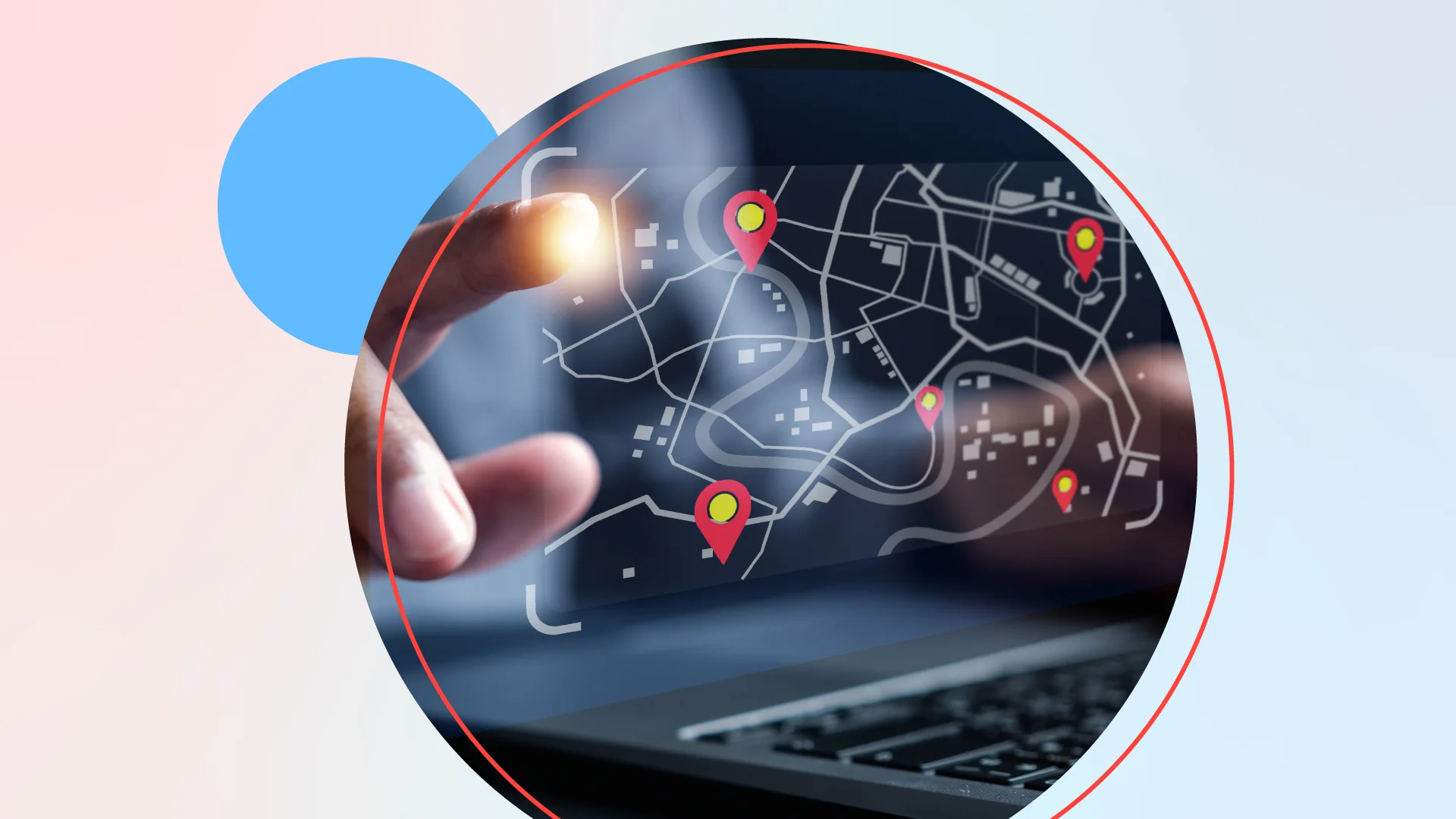In today’s information-saturated world, clarity is king. When it comes to customer experience, this rings especially true. Customers are busy, bombarded with messages, and often frustrated by complex jargon and convoluted language. Plain language is the new power play in customer engagement. And per the Office of Management and Budget (OMB), it’s one of the key components to delivering a digital-first customer experience, a mandate issued to all federal government agencies.
Information provided by the government should be clearly written so that customers can get the information they are looking for and use it once they find it. It seems simple enough, until it’s not. How often have you tried to complete an application, read through instructions for completing a form, or understand a policy change and how it affects you? While there has been improvement since the Plain Writing Act became law in 2010, government content still has a long way to go. Case in point: Several federal agencies’ 2023 Plain Writing Compliance Reports – the documents themselves – score low on reading ease and high on grade level (indicators of missing the plain language goal.)
Here’s why clarity is a win-win for both government agencies and their customers, even without the nudge from OMB:
- Understanding leads to satisfaction. Let’s face it, no one enjoys deciphering obscure terms or wading through dense text. Using plain language delivers your message clearly in easily understood terms. This reduces the reader’s effort to understand the message, sometimes referred to as “cognitive load.” It also minimizes confusion and frustration on the reader’s part. When customers understand your product or service descriptions, policies, terms, and instructions, they’re more likely to be satisfied and have a positive brand experience.
- Trust builds transparency. Complexity often breeds suspicion. By opting for clear, concise communication, agencies demonstrate transparency and build trust with your customers. They’ll appreciate your straightforward approach and feel valued for their time and intelligence.
- Efficiency translates to loyalty. Time is precious, and customers don’t want to waste it figuring out your message. Plain language saves them time and effort, leading to faster resolutions, smoother interactions, and ultimately, increased loyalty.
- Effectiveness affects the bottom line. While customers save time and effort, agencies can save on expenses associated with support and solutioning. Specifically, when customers find the information they need and understand what to do with it, they can rely less on resources like help desks and live customer service support.
- Accessibility opens doors. While jargon is an often-welcome shortcut, it can exclude others who aren’t familiar with the terms from a conversation. Using plain language makes your information accessible to a wider audience, including those with learning disabilities or limited English proficiency. This fosters inclusivity and ensures everyone gets the information they need, regardless of their background.
- Brand image gets a boost. Clear, concise communication reflects well on your brand, including the federal government’s. It conveys professionalism, competence, and respect for your customers. Conversely, jargon-laden language can create an image of aloofness or even arrogance, damaging your brand reputation.
So, how can you put plain language into practice? Here are some quick tips:
- Ditch the jargon and acronyms. Use everyday words your customers understand.
- Keep it short and sweet. Short sentences and concise paragraphs are easier to digest.
- Focus on the “why” not just the “what”. Explain the benefits of your product or service in clear, relatable terms.
- Read aloud before you send. Does it sound clunky? Simplify it further.
- Embrace active voice. It’s stronger and more effective than passive voice.
Remember, plain language isn’t dumbing down; it’s about smart communication. By prioritizing clarity, you create a powerful foundation for positive customer experiences.
Find out more about REI’s CX Capability here.
Author:
Beverly Ingle, MLS
Senior CX & Communications Specialist
Connect on LinkedIn





